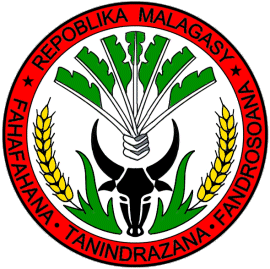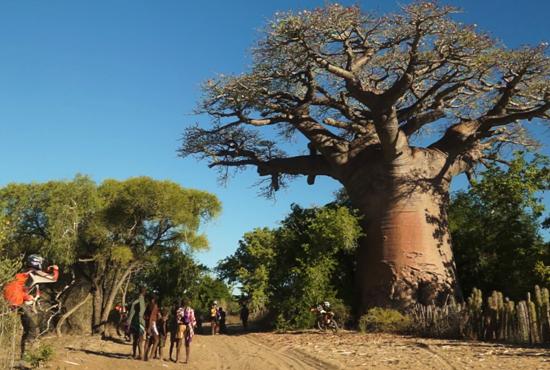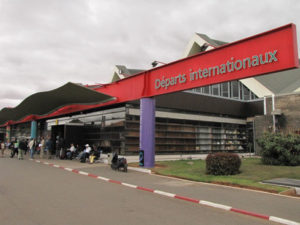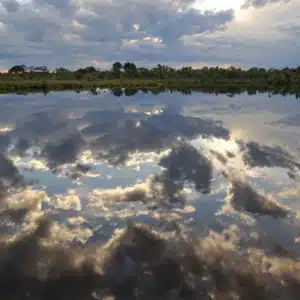Important information about this island nation
Name: Republic of Madagascar; Malagasy: Repoblikan’i madagasikara; French: République de Madagascar
Motto: Fitiavana – Tanindrazana – Fandrosoana
Official language(s): Malagasy, French
Capital: Antananarivo
Area: 587,041 km²
Form of government: Presidential Republic
Head of state: President Hery Rajaonarimampianina
Head of government: Prime Minister Olivier Mahafaly Solonandrasana
Administrative divisions: The country is divided into 6 provinces: Antananarivo, Fianarantsoa, Mahajanga (Majunga), Toliara (Tuléar), Toamasina (Tamatave), Antsiranana
Population: 23.6 million
Population growth: 2.8% per annum
Gross Domestic Product GDP (2012): $21.26 billion US dollars; This corresponds to $949 per capita. Madagascar, with its strong population growth and low economic growth, exhibits typical characteristics of a developing country. It remains one of the poorest countries in the world.
Main export products: Vanilla, Cloves, Lychee, Coffee, Tea, Fishery products, Sisal, and Cosmetics. The country also exports precious and semi-precious stones, graphite (80% of world demand), chromium ore, gold, and titanium as mineral resources.
Currency: The Ariary (MGA) replaced the previously valid Malagasy Franc (FMG) in 2004.
Note: Some banknotes still display both currencies and the old FMG. By a factor of 5 higher – 5000 old Francs correspond to 1000 Ariary – many merchants try to make a higher profit by quoting the “old” numerical value, but forget to mention that the amount mentioned is in old Francs and not in new Ariary. The unsuspecting traveler often ends up paying five times the price.
Population: 98% Malagasy, consisting of 18 different ethnic groups, 2% Comorians, French, Indians, and increasingly Chinese.
Religion: 52% animist, 41% Christians (18% Roman Catholic, 23% Protestants), 7% Muslims. Number of foreign visitors: 330,000 (2008), of which approximately 8,000 are German-speaking.
Climate:
Influenced by the. The location in the ocean and the very different landscapes vary: tropical/moist on the east coast, dry and sometimes very hot on the west coast, temperate in the highlands, hot in the south. The northern tip is also warm. Partially dry areas alternate climatically with distinctly humid regions here.
The Best Time to Travel to Madagascar
As Madagascar is located in the Southern Hemisphere, the seasons are opposite to ours: the South Winter (April to October) is the dry season, so the vegetation is lush. The South summer (November to May) is the rainiest time of the year in Madagascar. While some areas and attractions may be difficult to access during this time, it remains a fascinating season for nature lovers, botanists, wildlife enthusiasts, or anyone looking to enjoy a few weeks of summer in the middle of winter! The best times to visit are generally from March to May and from August to December. For personalized advice on the best time to visit Madagascar for your specific travel purpose, it is recommended to seek individual guidance. Explore more about travel for nature lovers and botanical tours on our website. Rewrite this content in English, slightly adapting it for SEO. URLs should not be translated and the content should follow good HTML practices: eignet.









